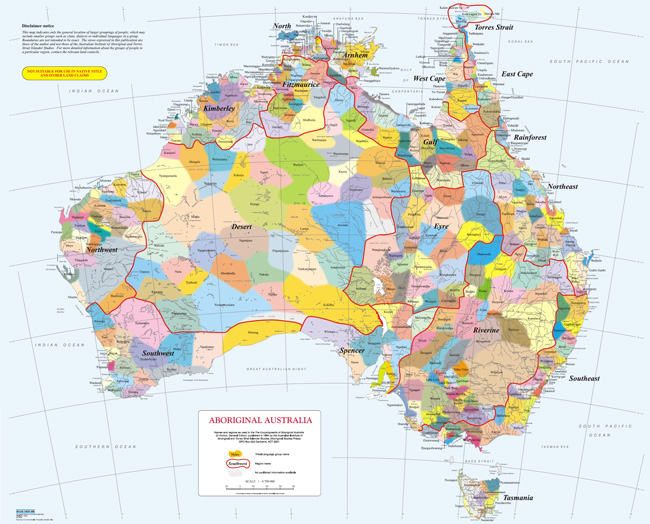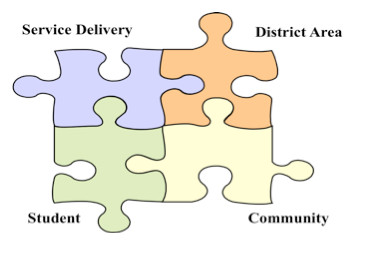Teaching Framework as Story Outline
Kinship Workshop Themes from videos
|
Themes – Teaching goals |
What process student should go through or learn to do |
Emotive involvement by student |
Story Line – The line the included stories might follow (I=InCulture, H=Historical, C=Conflict) |
|
1a. Welcome Relationship to people, land
1b. First level of Kinship - Moiety Inheritance of relationship Establishes foundations for Kinship systems and connections to the environment Relation to land Family relationships in contemporary, societies |
Think of other cultures that have moiety. Relate to prior knowledge or think why if this approach is in another form in their culture. Exercise: If you were welcoming someone to this land, what would they need to be aware of, eg rules and customs. Consider a different approach by Plato on which western society is based – the ‘ideal’ and ‘real’ |
What does it mean to have two sides to everything that are equal? Consider men and women.
|
I. Welcomes I Introduction of contributor I. Relation to family H. Land Rights and Sovereignty H. What is different in Aboriginal culture C. What is hard to combine in a two-culture system |
|
2. Second Level – Totem and Relationships Connections to Nations (broad geographic connections), Clans Groups (localised geographic areas); Family Groups (Blood-lines); Individual totem – identifies a person’s strengths and abilities; and role given by totem. Understanding reciprocal responsibilities and value of individual skills within team/group Maintenance of community and family and how ties are maintained Teaching responsibilities to share learning across those with skills. Sharing knowledge between people and language groups Communication with and experience of different perspectives, eg age. |
Think what their community is, and what is their role in that community. How did they learn this? Would there be better ways of learning?
When have they worked in a team? What were the problems and how might a totem system approach improve team work?
|
What would it be like to have more than two (or one) parent help you learn in life. |
I. Discussion of their totem H. Example of role played in their community. C. Lack of acknowledgement of their skills in mainstream Australia. |
|
3. Third level – Skin Names Generation level and specific relationships Responsibility to kin family. Responsibility to community Matrilineal and Patrilineal inheritance systems Role of women & men in society Role of Grandparents, parents and children and their relationships Identity relationship defined at birth |
What are you responsibilities in your community and family? How did you learn these? How could you learn how to work with Aboriginal people in your profession.
How do they relate to their grandparents? |
What would it be like to have a big family? What is men’s and women’s business in western society?
|
I. Introduce their skin name and what it means to them H. Examples of women’s and men’s roles H. Example of relations with other family members C. Loss of family.
|
|
4. Skin names and Language groups Marriage requirements to monitor Bloodlines and support mixing Intermarriage tracked by Elders. Communication across language groups for survival and conservation of environmental resources. Need to intimately know country to move around Protocol for travel. For Aboriginal people - first stage of meeting is to determine relationship with one another, hence reciprocal responsibilities. White way is individuals social level |
Consider how surnames help link families. How do you do this if separated for years by long distances. Think how they remember where they grew up, and what they know about where their parents drew up from stories. What if these were the same place, and that of their grandparents? |
What are the advantages of marriages arranged by adults? What are the disadvantages and why might these not be so important to Aboriginal people? |
I. Discussion of Language H. Bilingual schooling C. Loss of language and what goes with it |
|
5. Communications lines Track provide route to share resources, knowledge and marriage and provide route to pass through lands Protocol links up people from different groups, often not direct. Protocol for travelling between Nations, Clans and families Matrilineal marries into other Matrilineal Groups / Patrilineal marries into other Patrilineal Groups Language differences and links across languages. Need to know culture and language of linked groups Boundaries defined by environment and significant features Movement of children between relations for education with others of same totemic responsibility Learning appropriate to age and responsibility |
What would be carried along these tracks? Why would people travel? How far did people travel and how? Where did they find water and food? How did they remember where to go and how did they pass this knowledge onto their children? Was this knowledge static, in that the route would be the same each year? What happens during El Nino, or La Nino, when the climate changes across Australia? To learn just about Australia’s climate, how many years would you need to observer the environment? What is the role of women in their society and how would this differ from Aboriginal clans. |
What would you do if you were walking across Australia and you meet an unknown person? What would it be like to live in Australia before it was colonised? What would it be like to live by hunting and gathering your food, and growing food in places you would return to each year. |
I. Discussion of teaching, sharing knowledge H. How they learnt from their parents C. Loss of parents, children and effect this has. C. Examples where not allowed to fulfil responsibilities, due to loss, law, etc |
|
6. Broken Lines Missions, reserves and stations Communication broken creating isolation Victims of massacres, killings and introduced diseases effects family relations across Nations Religious division of land into Missionary responsibility through the creation of Missions by Europeans People from different languages/areas forced to moved together Taught pidgin English as 'common language' that was a subservient language. Needed translator to enter wider world Forced to marry against Kinship Long period of control – 6-8 generations of Aboriginal people Issues that arise when Mission and Reserve institutions close after dependency developed over generations |
Why did the missions, reserves, etc treat Aboriginal people as children? Why were they violent towards Aboriginal people? |
What would it be like to be taken from your family at a young age? How would the parents feel when told they were not capable of brining their children up a good way? What would it be liked to have people assuming you are wrong all the time, just by looking at you? How are people who do not speak good English treated? |
I. Living in two cultures I What is a modern Aboriginal H. Experience of mission, reserves and stations C. Experience leaving the mission, reserve or station. C. Experience with modern institutions C. Experience learning English (as first or second language)
|





 With the exception of the Commonwealth Coat of Arms, and where otherwise noted, all material presented in this document is provided under a
With the exception of the Commonwealth Coat of Arms, and where otherwise noted, all material presented in this document is provided under a